Table of Contents
Severity vs Priority: Are You Fixing the Wrong Bugs First?
Imagine you’re in the middle of a critical software release. The deadline is tight, the team is pushing hard, and suddenly, a bug is discovered. Panic sets in as the team scrambles to decide—should we fix it right now? Or can it wait?
The clock is ticking, and every decision could either save the release or cause a delay. As tensions rise, you realize that the team is stuck on one question: Is this bug severe enough to halt everything, or is it just a low-priority glitch?
This is where Severity vs Priority becomes the unsung hero—or the silent villain—of your project’s success. Understanding the difference between a critical error that impacts the entire system (severity) and an issue that could affect user satisfaction but not the core functionality (priority) could mean the difference between a smooth launch and a disastrous delay.
In this post, we’re going to dive into the often-misunderstood world of Severity vs Priority, and why mastering this distinction is crucial for keeping your projects on track and your stress levels in check. Let’s untangle this vital concept before it derails your next big release.
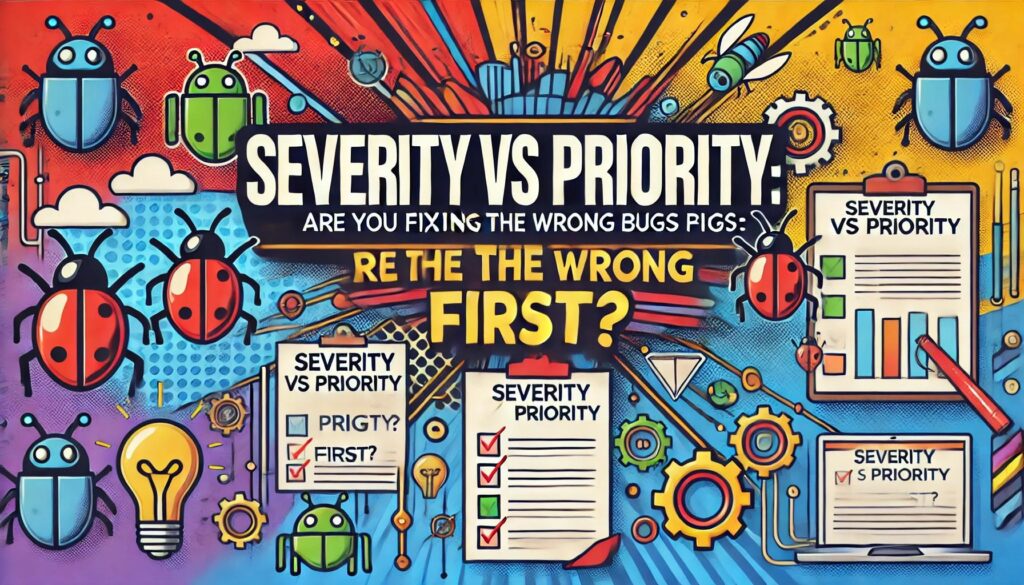
For a deeper dive into how different types of bugs impact your projects, check out The Crucial Difference Between Bug, Issue, Defect, and Error.
What’s the Difference Between Severity and Priority?
Understanding the difference between Severity and Priority is essential to software development. But what exactly do these terms mean?
- Severity refers to how badly a bug impacts the software. It measures the degree of damage caused by the bug.
- Priority relates to how soon the bug should be fixed. It’s all about timing and urgency from a business perspective.
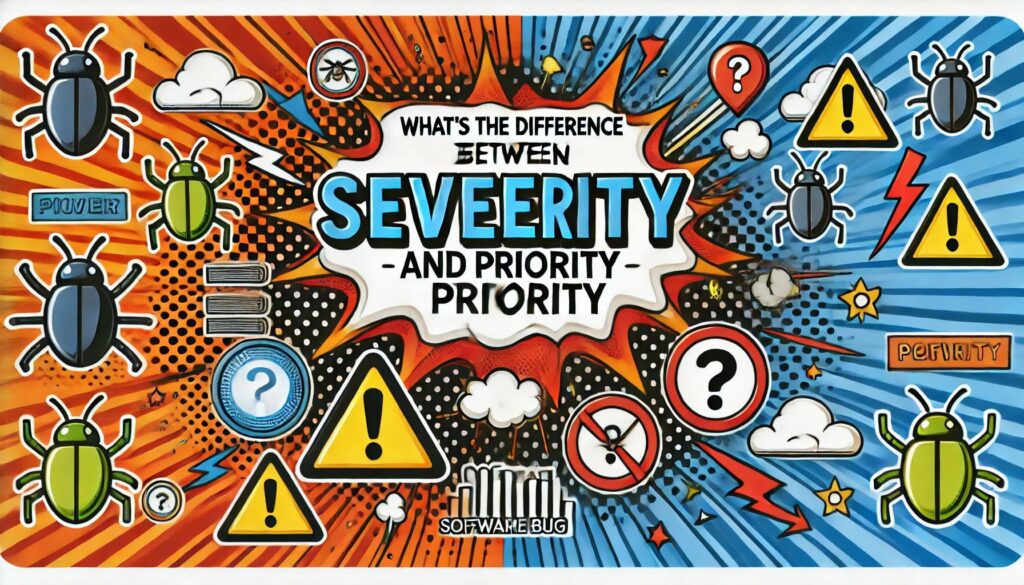
For more on the practical implications of these terms in your testing strategy, see Effective Strategies for Manual Testing: A Comprehensive Guide.
Why You Could Be Fixing the Wrong Bugs First
One of the most common mistakes in software testing is confusing Severity vs Priority. Development teams often focus on fixing bugs that seem urgent without considering the real impact they have on the software. This can lead to fixing minor issues while overlooking major problems that could crash the system.
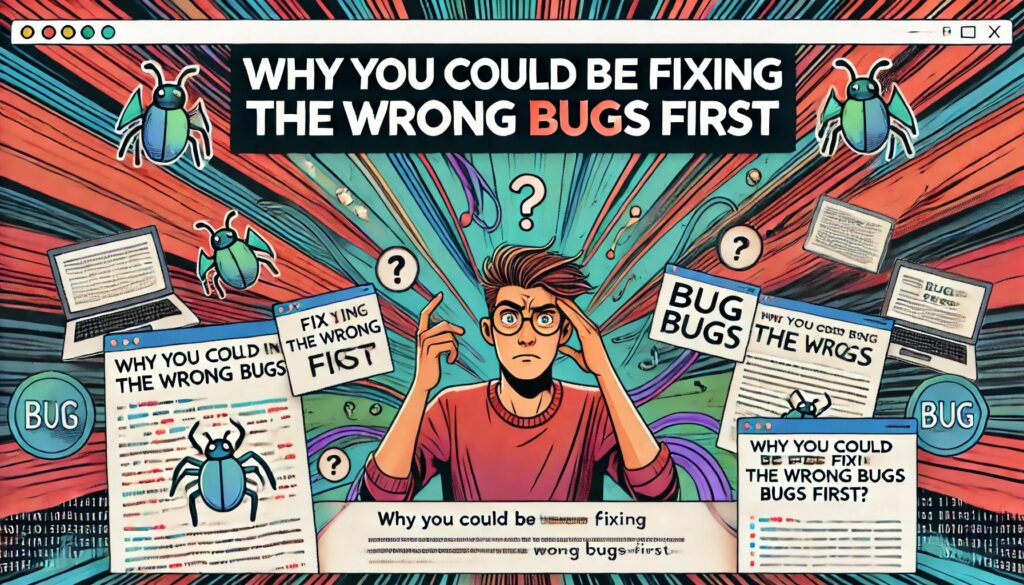
Let’s Break It Down:
- High Severity, Low Priority: A bug that could crash the entire system but only occurs under rare conditions.
- Low Severity, High Priority: A minor issue that doesn’t affect system performance but affects user experience, such as a typo on a homepage.
- High Severity, High Priority: Critical bugs that must be fixed immediately, such as a payment processing error.
- Low Severity, Low Priority: Cosmetic issues that don’t impact functionality or user experience.
For insights into how teams manage these distinctions during fast-paced development cycles, read How Automation Testing Speeds Up Your Release Cycle.
The Real Cost of Prioritizing the Wrong Bugs
Fixing the wrong bugs first can lead to:
- Delayed releases: Time spent fixing non-critical bugs pushes back deadlines.
- Increased costs: The longer critical bugs go unfixed, the more resources are wasted.
- Decreased customer satisfaction: Fixing unimportant bugs while leaving major issues unresolved frustrates users.
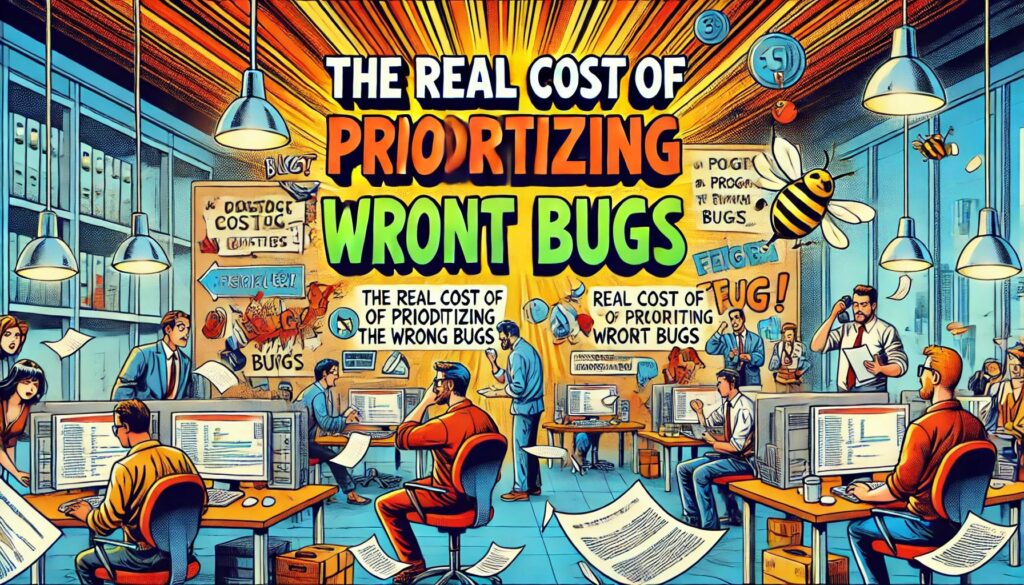
For more on the business impact of these issues, explore Ensuring Quality Software: The Importance of Test Coverage.
Common Misconceptions About Severity and Priority
The terms severity and priority are often misunderstood or used interchangeably. Here are some common misconceptions:
- Myth #1: A high-severity bug should always be fixed first.
Fact: High-severity bugs don’t always have to be fixed first if they don’t affect key functionalities. - Myth #2: Priority is all about user experience.
Fact: While user experience plays a role in priority, business objectives and timelines also dictate which bugs to address first. - Myth #3: Bugs with low severity aren’t important.
Fact: Even low-severity bugs can become critical if left unresolved, especially if they impact brand perception or customer trust.
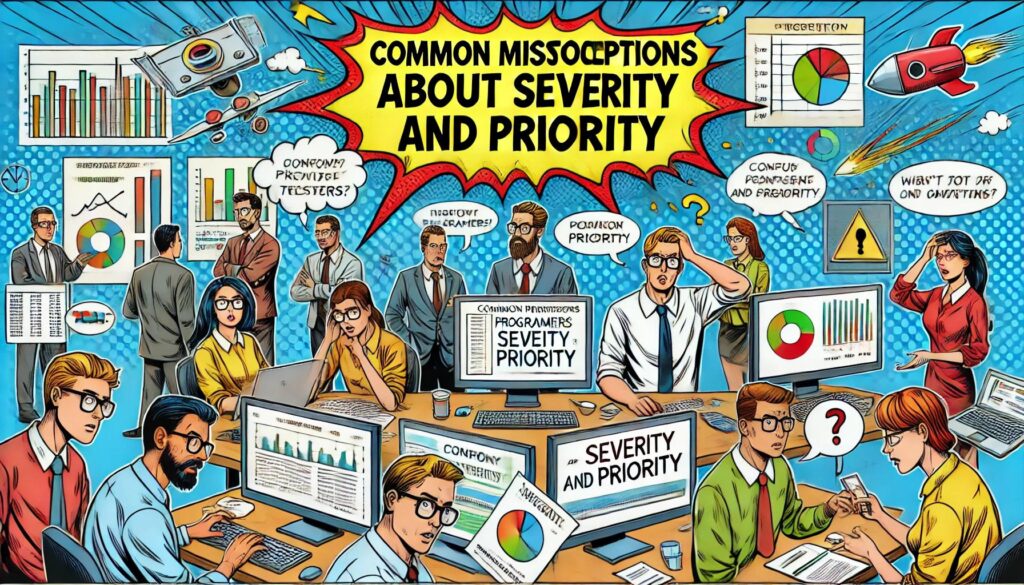
For a deeper discussion on these points, check out Software Quality Assurance.
How to Balance Severity and Priority in Bug Fixing
Balancing severity vs priority requires more than just technical knowledge. It involves strategic thinking, business acumen, and sometimes, compromise.
Here’s how to make sure you’re balancing severity and priority correctly:
1. Categorize Bugs Early
Categorizing bugs as soon as they’re found helps streamline your decision-making process. Use clear labels like “critical,” “major,” “minor,” and “trivial” to rank bugs based on their severity. This allows your team to allocate resources more effectively.
2. Align with Business Goals
Consider your organization’s business objectives when deciding the priority of a bug. Does the bug affect a feature that’s crucial to user engagement or conversion rates? Bugs impacting high-revenue-generating features should take precedence.
3. Collaborate with Stakeholders
Ensure that your development team, testers, and product managers are all on the same page. Set up regular meetings to review bugs and agree on their severity and priority. This can prevent the all-too-common mistake of working on issues that don’t align with business needs.
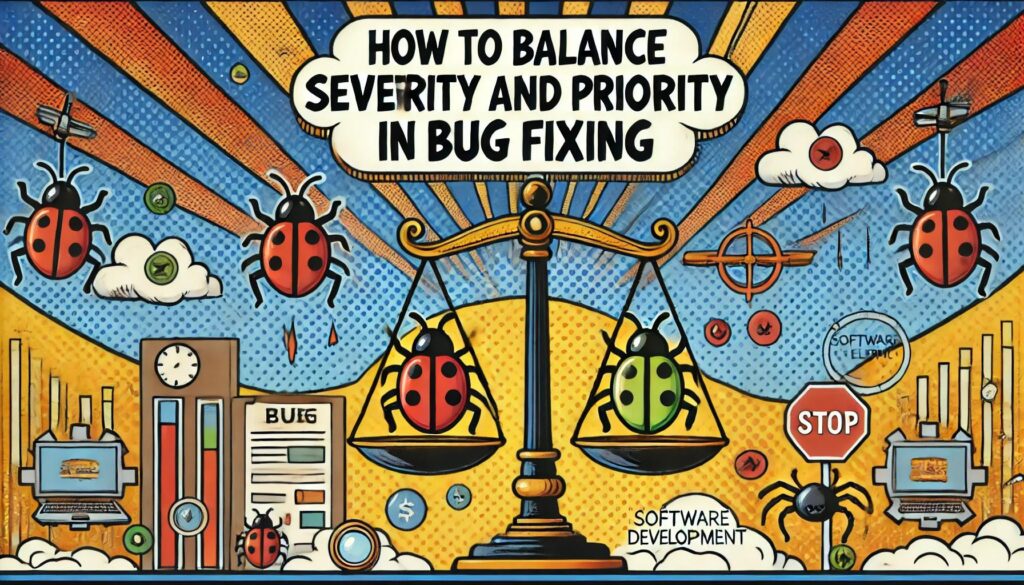
For a practical guide on managing these discussions, visit How to Mastering DevOps Testing for Continuous Delivery.
Conclusion: The Key to Software Success
Balancing Severity vs Priority is a critical skill in software development. Knowing which bugs to fix first can mean the difference between meeting deadlines and delaying releases. It can also be the difference between a product that meets user expectations and one that fails in the market.
By understanding the nuances of severity vs priority, you can avoid wasting time on low-impact bugs and focus on what matters—delivering a high-quality, user-friendly product on time. For further exploration on prioritizing and managing software testing, read Regression Testing: Why It’s Crucial.


